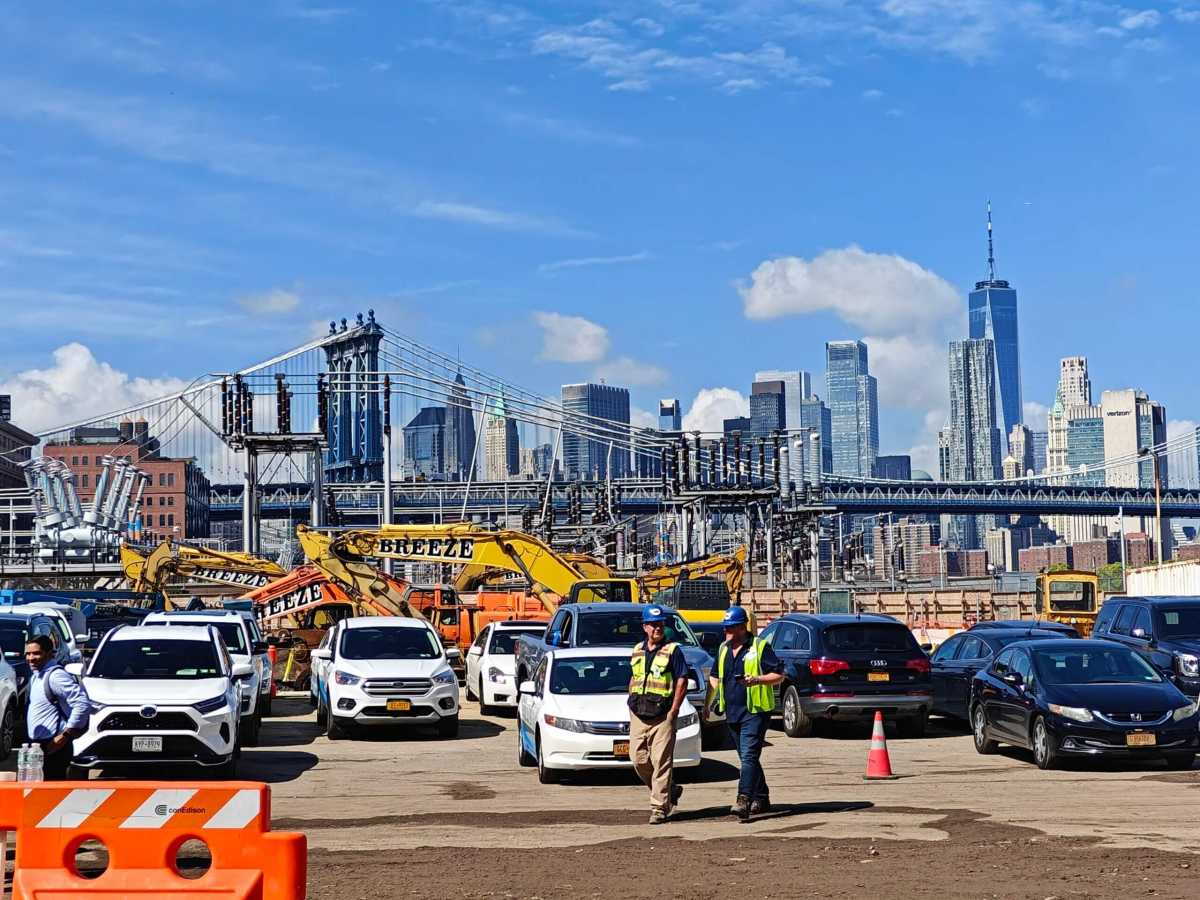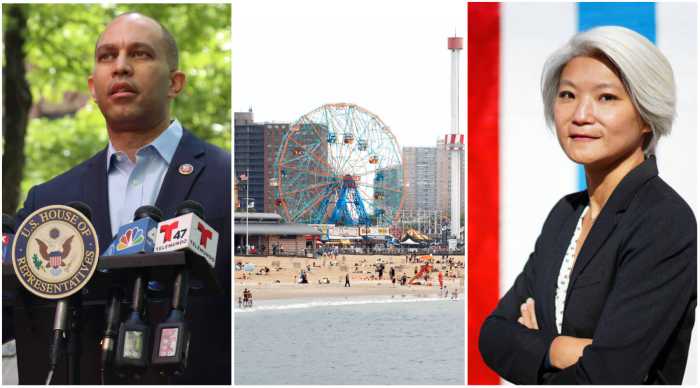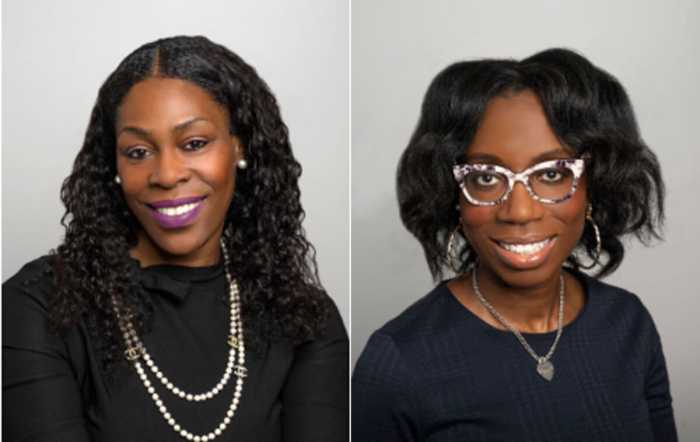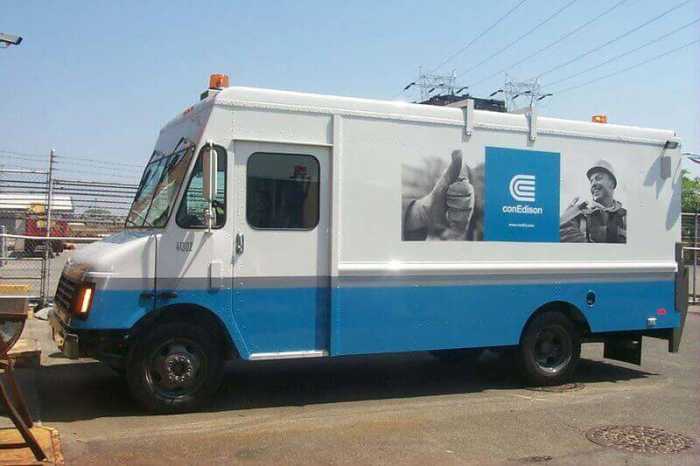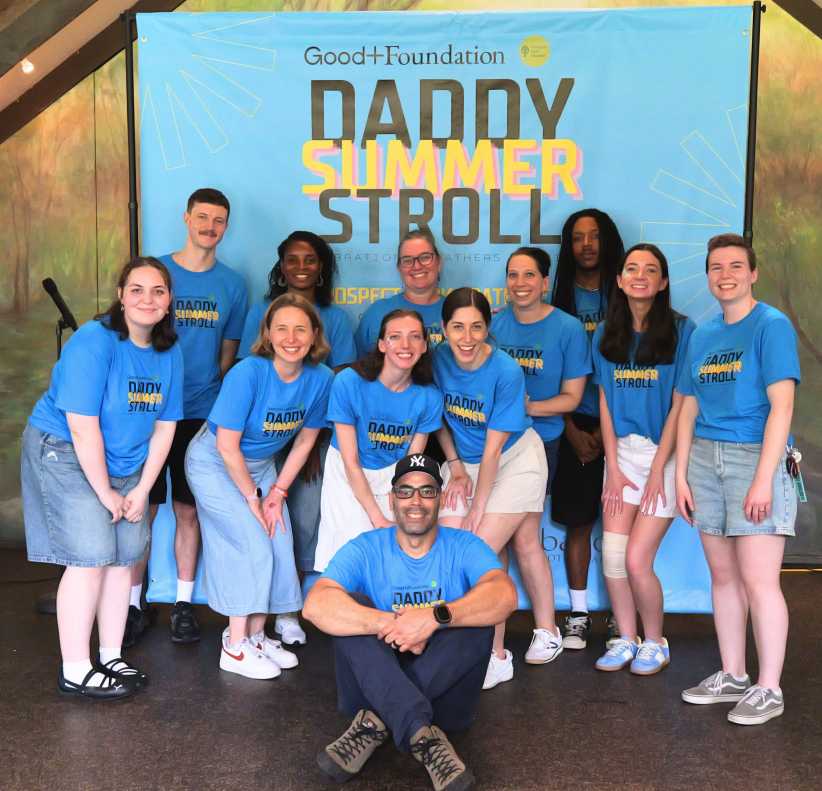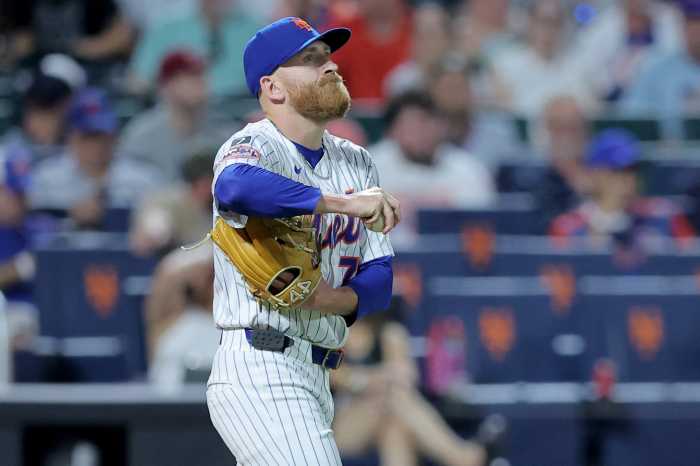Brooklynites now have reason to believe in the state’s and the city’s commitment to transitioning away from fossil fuels.
Con Edison, the utility company that provides energy for 10 million people in New York City and Westchester, is constructing the new Brooklyn Clean Energy Hub — a power transmission substation that will serve as a “gateway” for offshore wind — at the site of the former Hudson Avenue Generating Station off the East River, in Vinegar Hill.
By 2029, the new hub will be able to accommodate up to 1,500 megawatts of offshore wind power — enough electricity to power 750,000 homes. Eventually, ConEd experts plan to add more circuit breakers to the substation and process up to 6,000 megawatts, a surplus from the average 5,500 megawatts of electricity New York City uses each day.
In 2019, the state pledged to wean itself off fossil fuels by 2050 – but some New Yorkers have remained skeptical of the possibility of meeting that deadline due to a lack of sizable action.
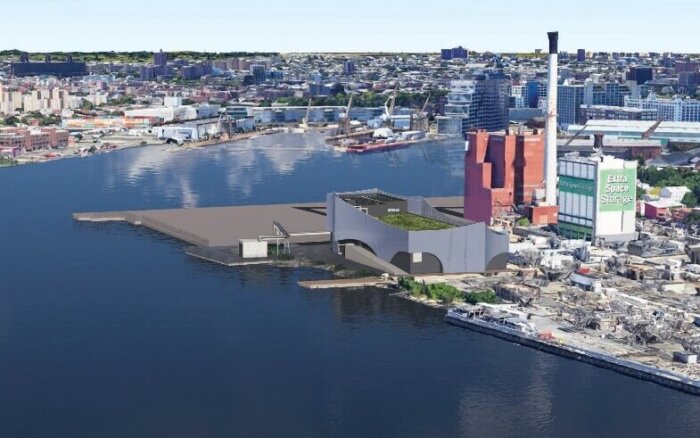
The Brooklyn Clean Energy Hub will serve as a “plug point” for some of the energy produced in offshore power farms and will distribute that electricity through underground transmission lines to the planned Gateway Park Area Substation in Canarsie and other substations — in part to support the expansion of John F. Kennedy Airport.
“We’re taking energy from a direction we’ve never taken it before, offshore,” said ConEd chief executive Tim Cawley at a press conference on the site of the hub on Sept. 12. “We will get it into the system and integrate it in an efficient way with the forethought that we’ve got to then get it out to neighborhoods and ultimately to your meters.”
New York now has five offshore wind projects in active development, according to the state’s Energy Research and Development Authority. Together, those projects are expected to produce 4,300 megawatts of electricity — which represents nearly 50% of the capacity needed to meet New York’s wind goal of 9,000 megawatts by 2035.
But space and grid constraints mean the state is limited in its ability to connect wind-generated power to New York City and Long Island. The hub will act as a “plug-in” point where future projects can be hooked right up to the city’s electrical grid.
The transition to electric vehicles and heat pumps and the increasing need for air conditioning to endure New York’s hot weather is already driving up demand for power, and ConEd experts estimate demand will exceed the existing infrastructure’s capacity in some neighborhoods by 2028. The Brooklyn Clean Energy Hub is expected to address future reliability needs and strengthen New York’s electricity grid.
The hub has the potential to turn into a core facility for more, wind, solar, other renewables and for energy storage as well, so it will help provide electricity when the sun is not shining and the wind is not blowing.
In the summer, when air conditioners are running at full strength, demand can reach up to 10,000 megawatts per day, according to the Mayor’s Office of Climate & Environmental Justice. Through those months, many New Yorkers see their electric bill jump, sometimes even by 200%.
A household’s energy bill consists of three parts – first is ConEd’s energy delivery service, which is challenged by extreme hot weather. Second is a third-party fee for energy production from both fossil fuel and renewables; and third are local, state, and federal taxes. Customers pay the city $2.2 billion a year through their energy bill.
From its share, the utility company invests about $5 billion a year in energy delivery systems.
“We pour that money in so we can serve really nation-leading reliability,” said Crawley. “With our underground system, you would expect to go out of lights about every 50 years. The average person in the United States goes out of lights once a year. So our underground system is about 50 times more reliable.”
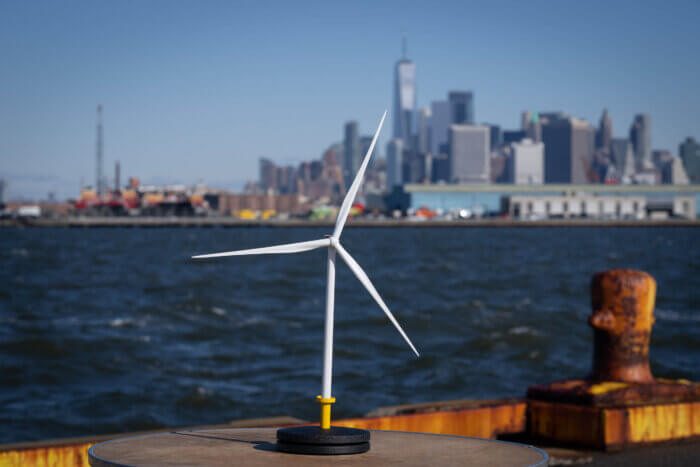
“Last week was really hot and air conditions were on. We need to make sure we have the capacity to meet that,” said Cawley. “Every year we do one and five and 10- year programs as to know what capital investment we will need to stay ahead of customer demand, and this will be a really important component in the forward march to meeting increased demand on our system. But we’ll continue to build out.”
Construction of the Brooklyn Clean Energy Hub is estimated to cost $810 million, and ConEd said it will create more than 500 skilled union jobs. To keep delivery trucks and other vehicles off the streets, construction materials will be delivered to the site on barges, by way of the East River.
“This project will demonstrate the economic power of the clean energy transition and the amazing skill of our unionized workers,” said James Shillitto, the president of Local 1-2 of the Utility Workers Union of America, in a statement. “The working relationship Local 1-2 has with Con Edison is going to make it possible for clean, renewable wind power to reach homes and businesses in New York City, displacing electricity generated by fossil fuels.”
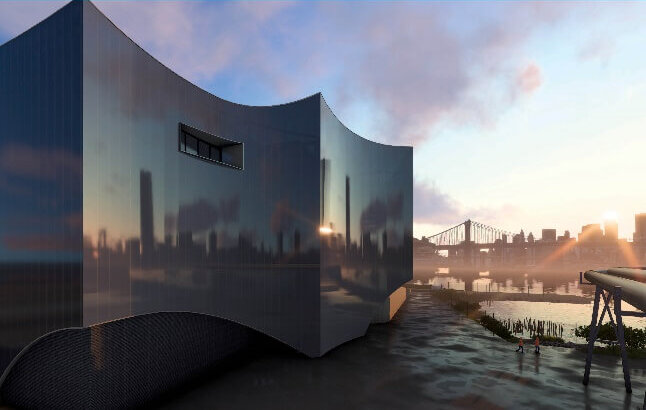
The hub will also be built specifically to withstand extreme weather and the impacts of climate change — like storms and flooding — according to ConEd.
“The groundbreaking of the new Brooklyn Clean Energy Hub shows that we can transform the fossils of dirty industry into new clean energy projects,” said Shay O’Reilly, senior organizing representative for the Sierra Club, in a statement. “This is happening right here in Brooklyn, in real time, and we’re excited about the tremendous opportunity – especially for offshore wind – that New York City has to expand renewable energy, create clean energy jobs, and provide cleaner air for New Yorkers.”


